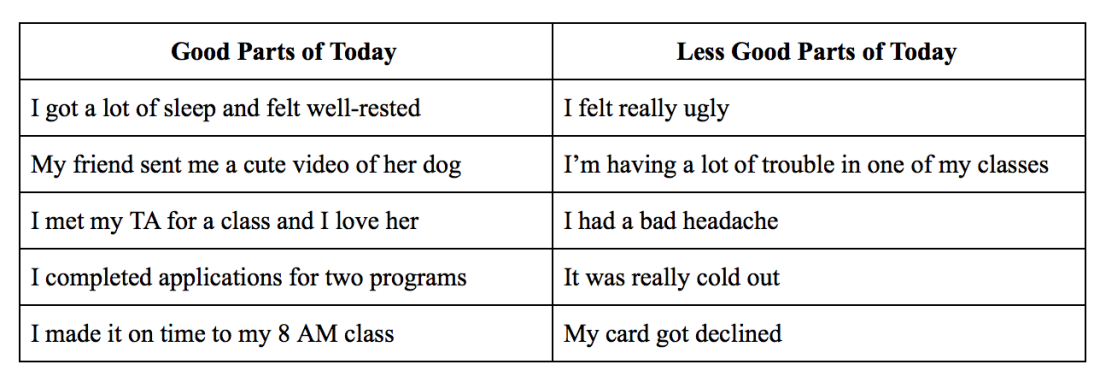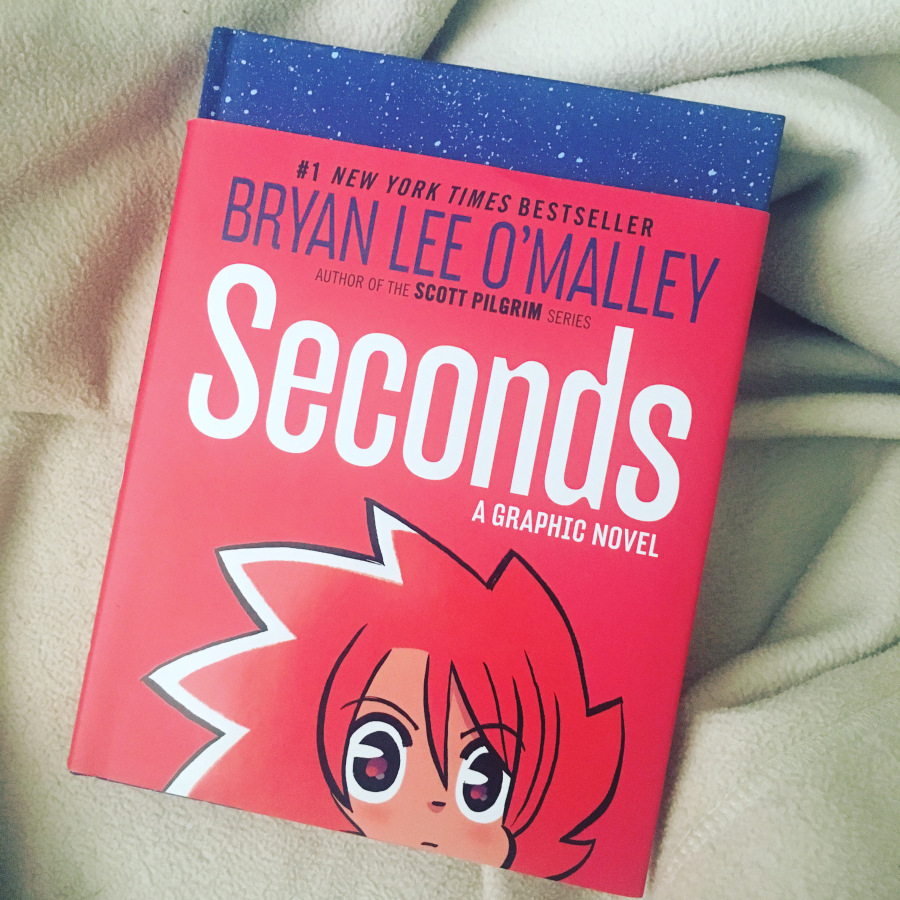Splitting – also called all-or-nothing thinking – is essentially being unable to assess both the good and bad qualities in oneself or others, and therefore viewing them as either “all good” or “all bad.” Though the term is often used in reference to Borderline Personality Disorder, it is a coping mechanism used by many people, regardless of mental illness.
This way of thinking can be damaging to ones’ mental health. For people with depression, a small failure can trigger thoughts of “I never do anything right.” If a friend says something insulting, it can make one think “they are always mean to me.” These are examples of how falsely seeing things as “all bad” can make an already bad situation even worse. Alternatively, particularly in people with BPD, seeing things as “all good” can be harmful as well. Often a person with BPD’s opinions on someone can vacillate between idealization and demonization. Split thinking may cause someone with BPD to see a person as “all good” at times, despite them being a toxic person overall.
Though “splitting” generally refers to how someone views themselves and others, this idea of all-or-nothing thinking can also be applied to how one views their own life. Many of us fall into a pattern of encountering a small setback and immediately feeling like our day, or even our life, is ruined or is “all bad.” As someone diagnosed with depression, I am very prone to this.
Lately I have been thinking about how unfortunate it is that despite most of my day often going objectively well, I let small things ruin my outlook on it. I do not mean to say that one’s outlook is always a conscious choice, as clearly some mental illnesses have biological components which influence it, but that I am able to see the error in my own thought pattern. I decided to try something out to show myself how much of my day is really comprised of “good” and “bad” moments.
For the past week, I have written down all the things I classified as “good” and “bad” about each day. For reference, here are some examples of things I wrote down in each category:

The final tallies were:
- Day 1 – 21 Good, 8 Bad
- Day 2 – 17 Good, 7 Bad
- Day 3 – 26 Good, 4 Bad
- Day 4 – 21 Good, 9 Bad
- Day 5 – 11 Good, 16 Bad
- Day 6 – 11 Good, 10 Bad
- Day 7 – 13 Good, 4 Bad
As you can see, it appears that I tend to have at least as many (if not many more) “good” moments per day as I do “bad.” So why, then, do I still feel like my days are overall “bad,” as I did with each of these days? Why, on a day like Day 3, where I had over 6 times as many “good” things to say about my day, did I feel just as down as I did on Day 5, where I had more “bad” things to day?
The short answer is depression. I’m not consciously magnifying my “bad” moments to make myself feel bad, but due to my brain chemistry and other factors in my past, if I do not consciously intervene, this is the direction my thoughts naturally go in.
I did this experiment to try to challenge my thinking about my own life. Am I no longer depressed now that I see on paper that my life is comprised primarily of “good?” Of course not. In my case, I believe my depression is at least in part a chemical/wiring issue since I have a strong family history, and it is unlikely I will ever be “cured” without some form of antidepressant (which I will likely try in the future). For people in situations like mine, positive thinking alone is unlikely to be a solution, but this is not to say it cannot be extremely helpful.
I feel that it definitely helped me become more conscious of how I perceive things that happen to me throughout my day. After thinking a certain way for so long, it becomes automatic. This was definitely a good exercise for me in intercepting these split thoughts of my day being “all bad,” and I think I will continue doing it in the future. Not only did it show me the ratio of good and bad in my day, it also gave me more appreciation for the little good things that happen each day – I place so much emphasis on the little bad things that happen, so why shouldn’t I do the same thing for the good?
I highly recommend trying this out for anyone struggling with split thinking or who wishes to challenge their negative thought pattern. Clearly, I am not a therapist, and I of course recommend seeing a professional to help deal with any issues you have. In the meantime, however, this is an easy exercise to help you appreciate the little good parts of each day and challenge your negative thoughts.
I hope this helps anyone struggling out there.
– S
Share this:





